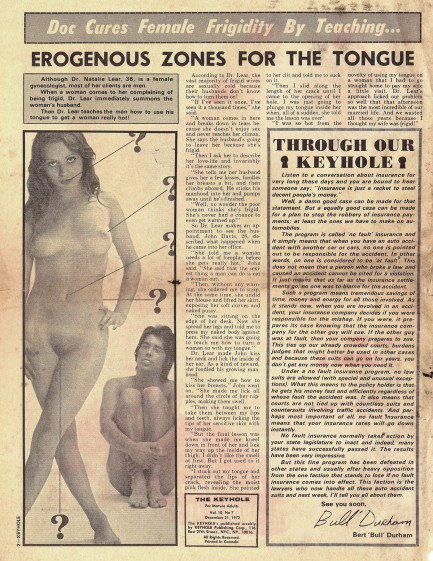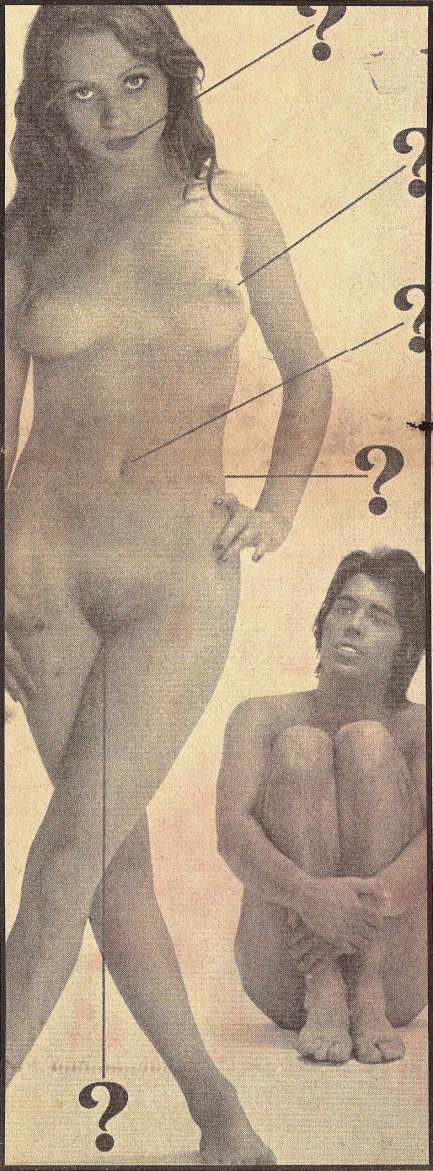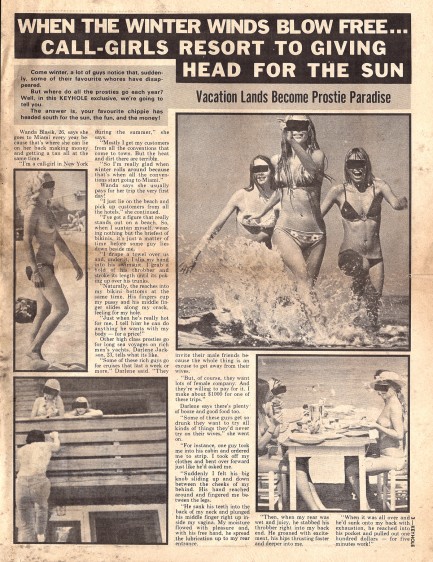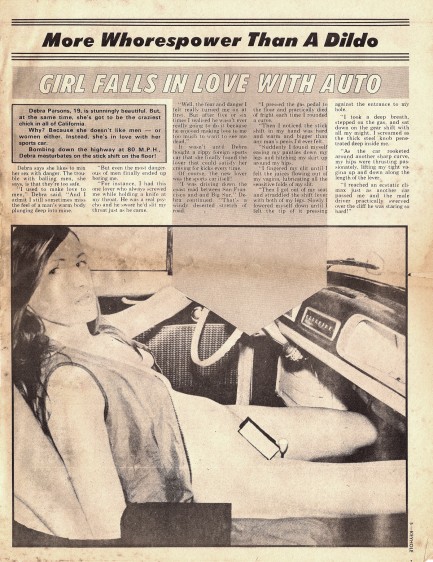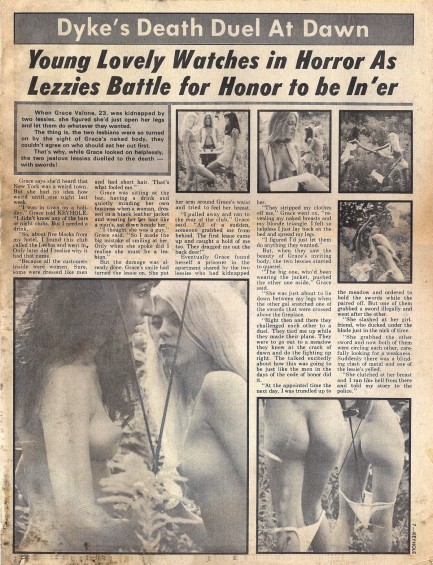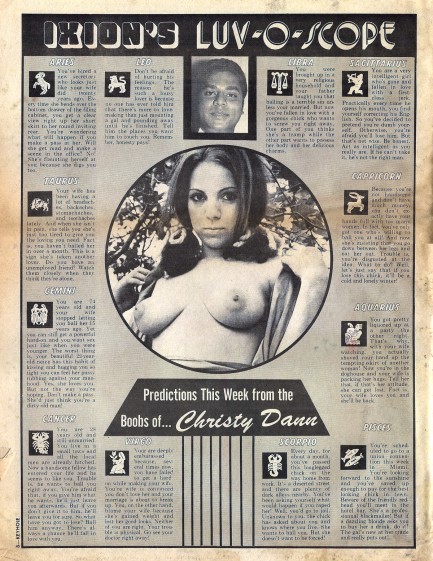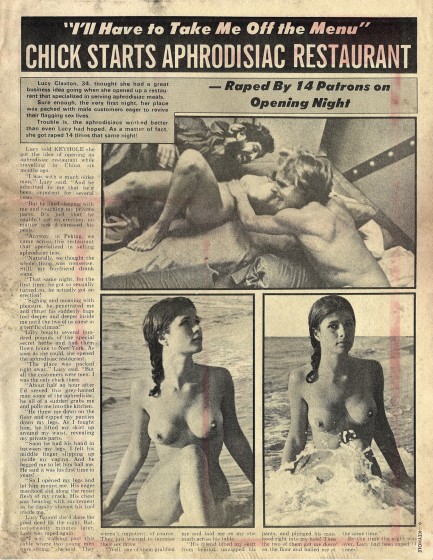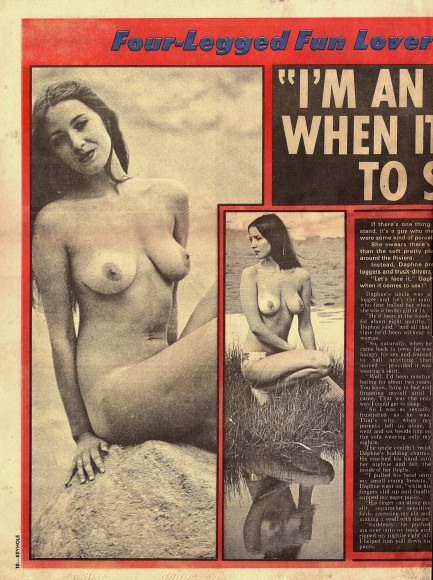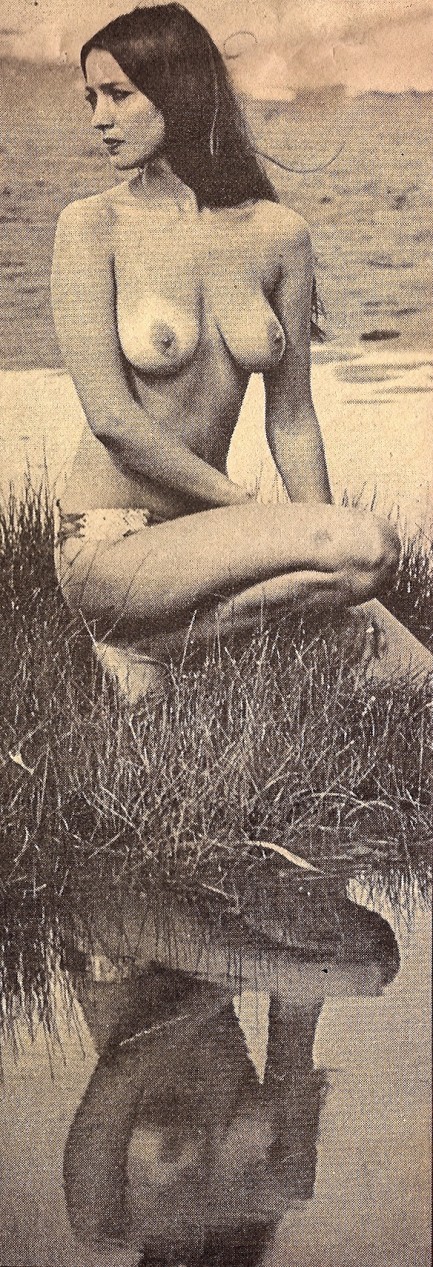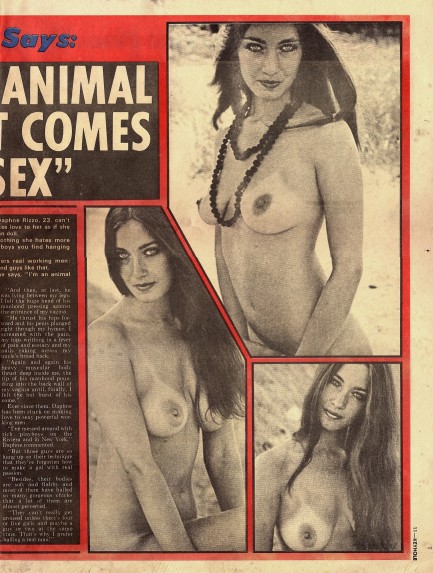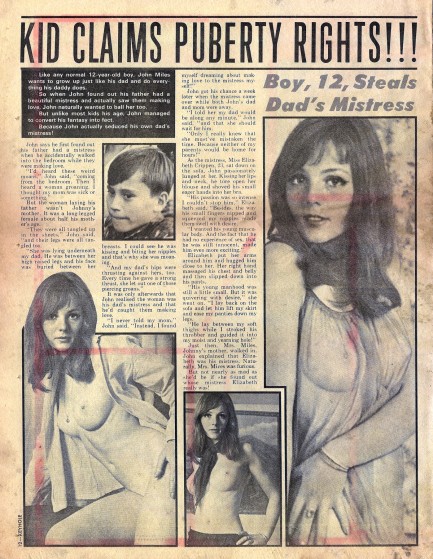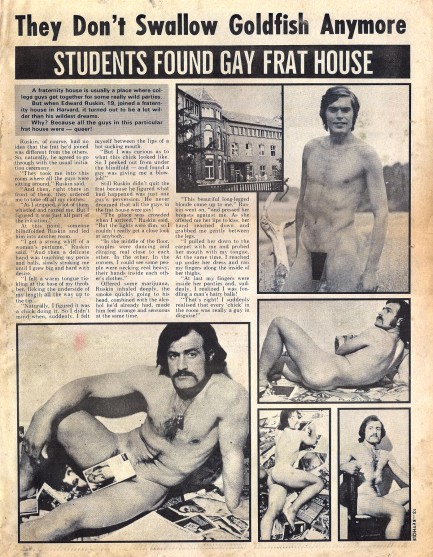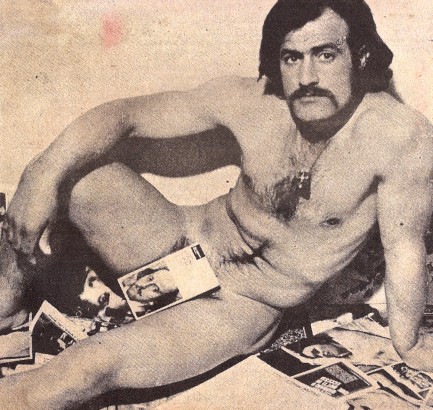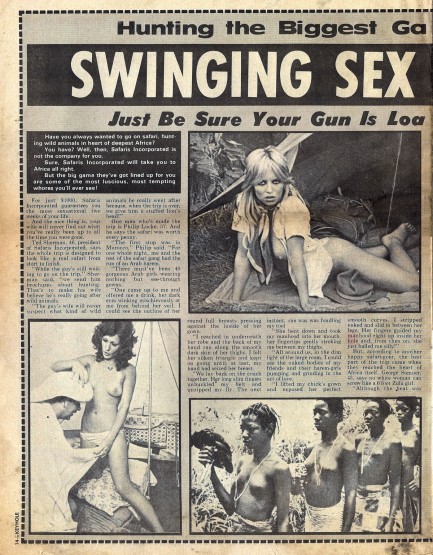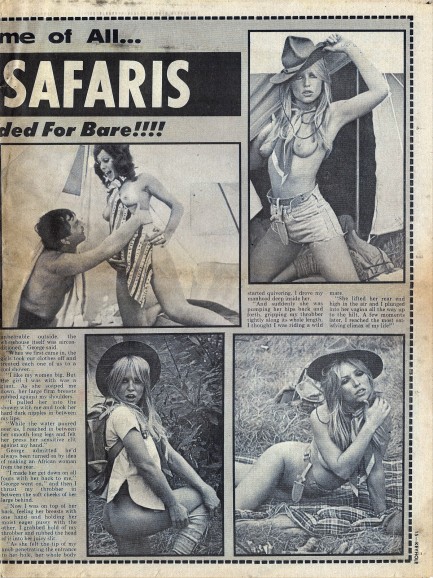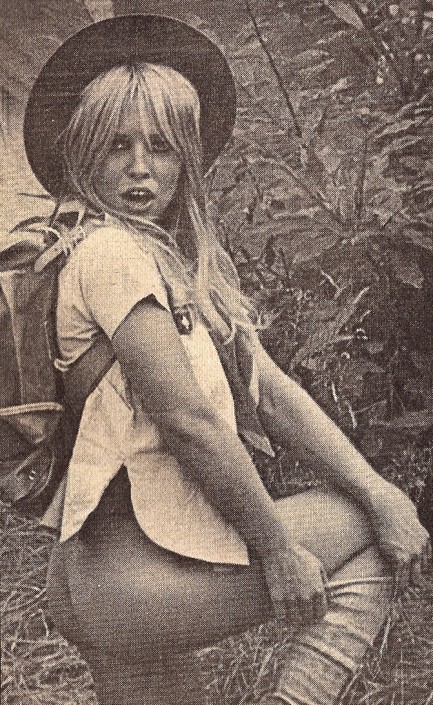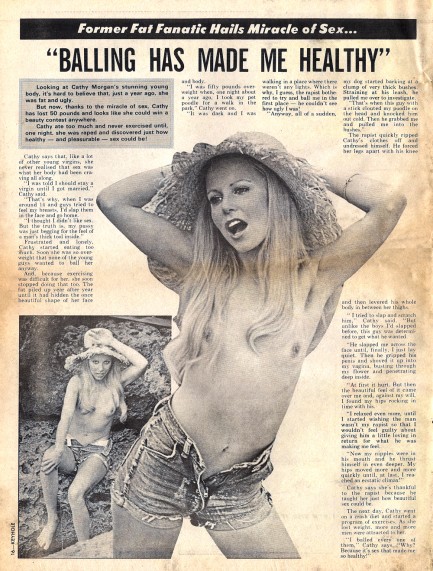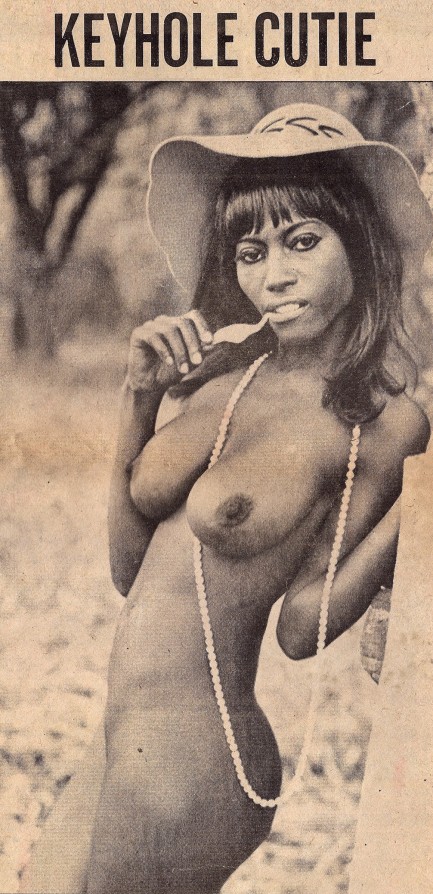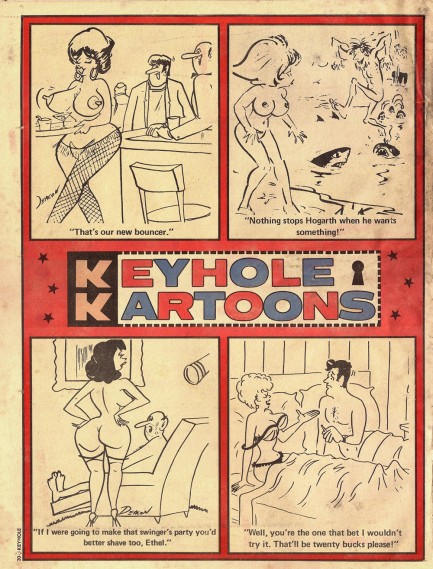 I know. I have a weird tan line. This season's French bikinis are very avant-garde. 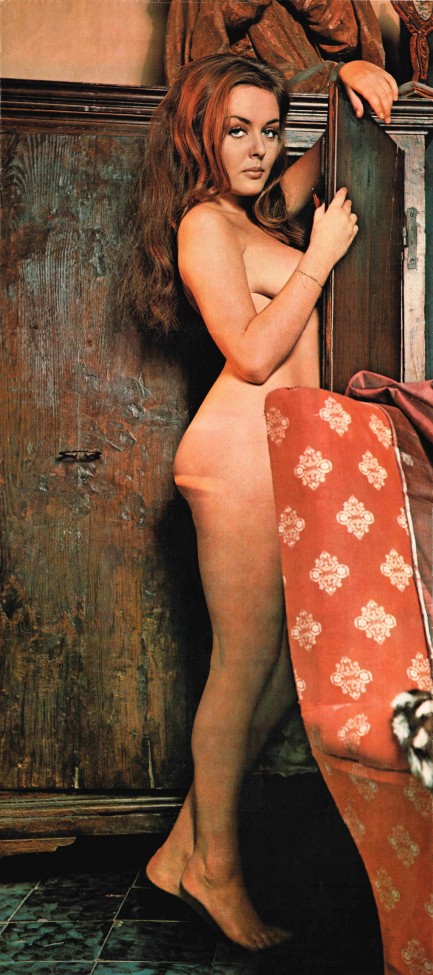
The above shot of French actress Dominique Badou, sometimes spelled Badoue, appeared in the Italian magazine Men in 1967, and yes, she has a strange stripe on her derriere, but it's in the photo. Maybe it's a pale spot where she was wearing a swimsuit. That would be one strange swimsuit, but she's French, so anything's possible. Badou made seven films, six of the roles credited, among them Camille 2000, Blindman—which we talked about a while back—and 1971's Anche per Django le carogne hanno un prezzo. That last one was titled in English Django's Cut Price Corpses, and you know what we're going to say next: absolutely must watch. If we find it we'll report back.
 But enough about why I did my entire house in leopard. What type of feline-inspired design do you have in your house? 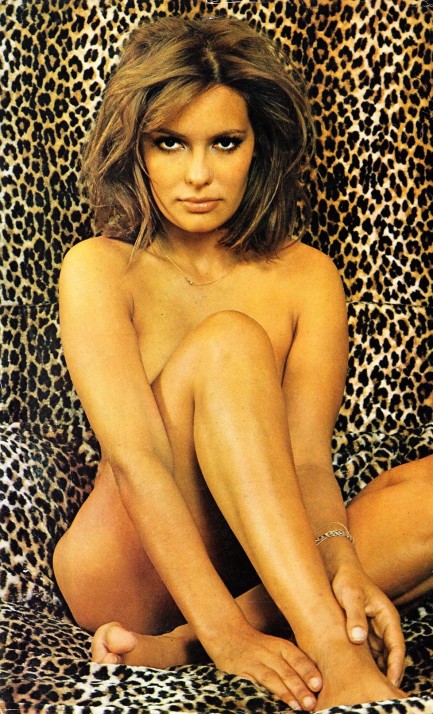
This fun image stars French actress Danièle Gaubert, who we recently saw in La louve solitaire, aka The Golden Claws of the Cat Girl, and who also appeared in Snow Job, Camille 2000, and more than a dozen other films. This is from the French magazine Moi and was first published in 1969. Gaubert is another actress who hooked up with a dictator, or a dictator's son. In 1963 she married Leonidas Trujillo Martínez, son of Dominican Republic strongman Rafael Trujillo, a guy who killed tens of thousands of his fellow citizens. Could you imagine an actress linking herself to a dictatorship in 2023? Back before the social media age such romances occurred often (which is why you have to especially respect those who refused to do it). There are, of course, women involved with dictators today—sadly authoritarians get to reproduce too—but those women aren't global film stars. Gaubert was divorced from Trujillo Martinez by 1968, made several more movies, and was out of show business by 1972.
 Wake-up calls at the Hiltons' are murder. 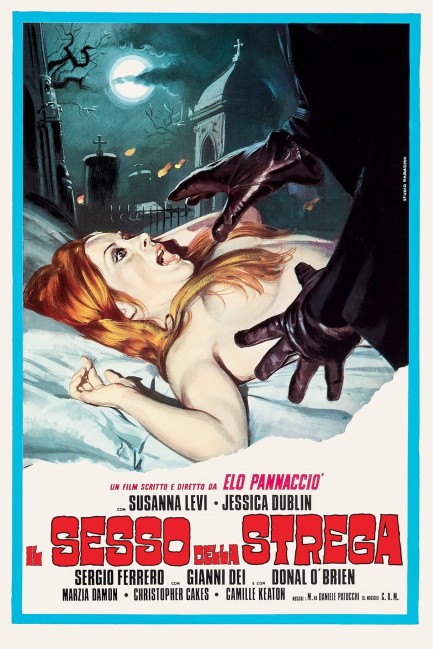 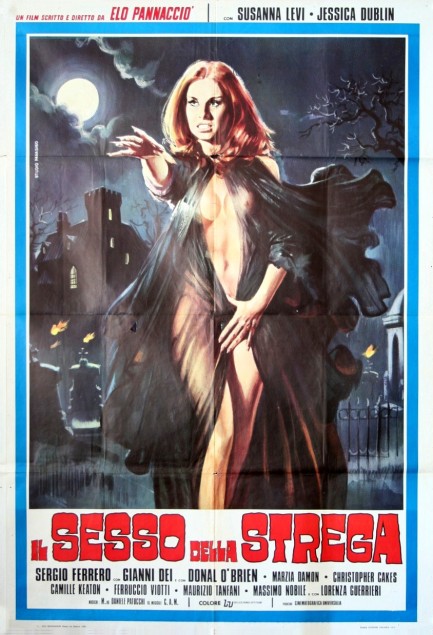
We were drawn to Il sesso della strega, aka Sex of the Witch, because of its excellent posters painted by Lamberto Forni, an artist whose work you've seen here before. But as often happens, the movie didn't live up to the promo imagery. The strange tale begins with Sir Thomas Hilton, a wealthy wine grower, who dies of old age. His family gets a surprise when the will is read: all those closest to Hilton, including his secretary, benefit from the profits of his holdings, but nothing can be broken up or sold, his sister gets nothing, some heirs don't benefit immediately, and if anyone dies their share is distributed among the others. Basically, the will is a blueprint for the Hiltons to start murdering each other. When that happens, the spurned sister is suspected of being a witch. But is she?
None of it matters. The movie is an merely excuse for a lot of overlong softcore sex scenes of the worst kind. You know the ones we mean—interminable slow wriggling devoid of even a hint of erotic heat. You have to really drop the ball to make naked people boring—especially naked Italian women from the ’70s, with their enormous bushes*—but director Angelo Pannacciò, aka Elo Pannacciò, accomplishes that here, in his debut. It's impossible to care about the movie's central mystery, and despite Pannacciò somewhat giallo visual stylings there's just nothing to get enthusiastic about. Except those posters. Nice work, Forni. Il sesso della strega premiered in Italy today in 1974.
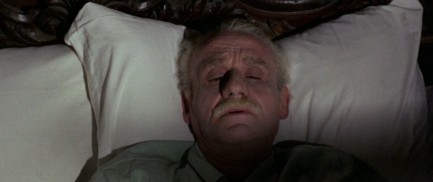 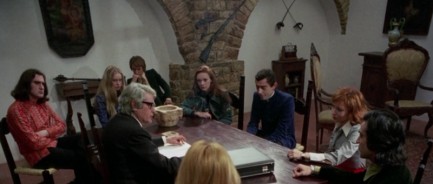 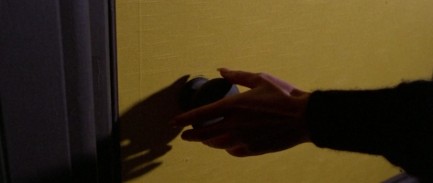 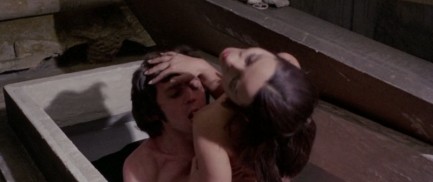 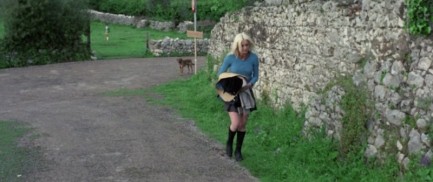 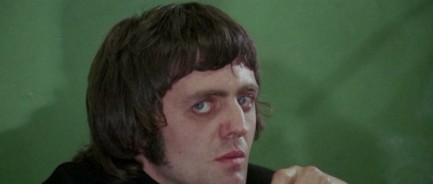 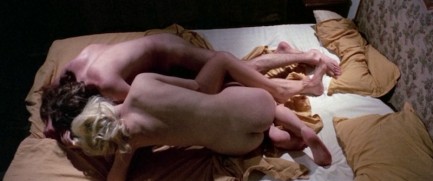 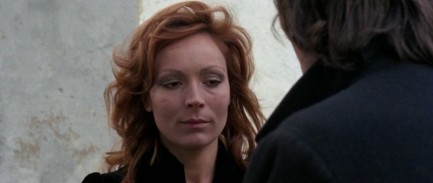 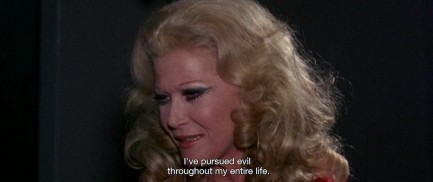 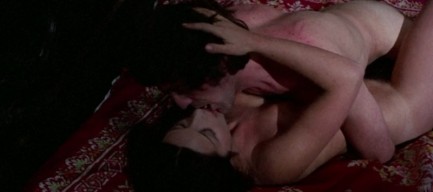 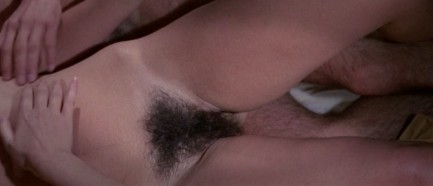 *We love enormous Italian bushes, both tactilely and visually. This one is large, but not stupendous. You know when a bush is really big? When the moment it's revealed you think there's suddenly been a citywide blackout. 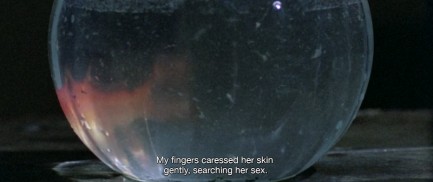 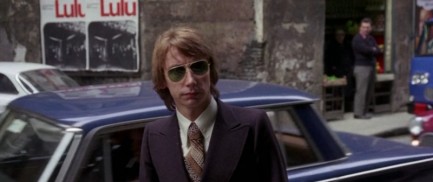 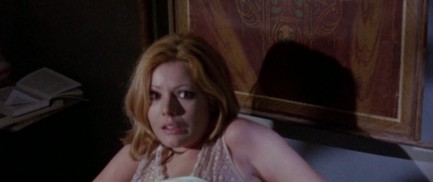
 Hello? Is anybody there? Santa? Is that you? 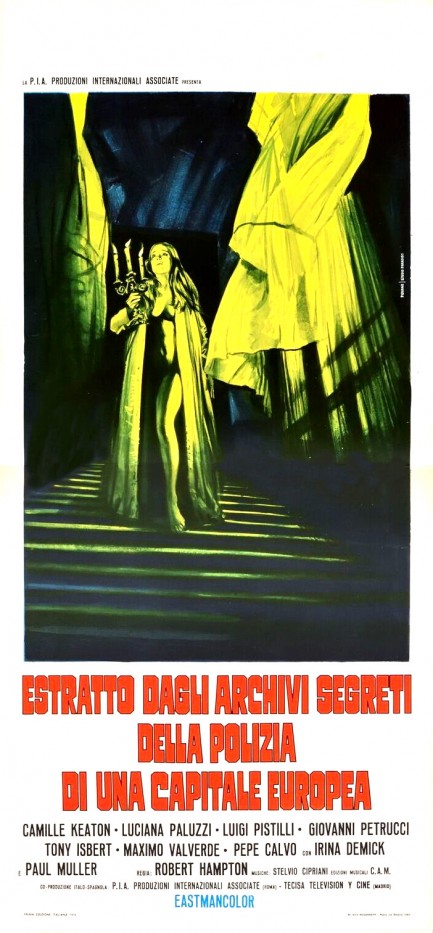
Our sprint through movies this December continues today with the Italian Christmas favorite—Estratto dagli archivi segreti della polizia di una capitale europea, for which you see a festive yule themed poster above. It was painted by Mario Piovano and just oozes holiday spirit. Right. Well, obviously not. This couldn't be a Christmas movie unless Christmas makes you want to kill everyone around you. But it qualifies as a gift from us to you, because we're going to save you the time you might have spent watching it.
The title translates as, “extract from the secret police archives of a European capital,” but was shortened to Tragic Ceremony for its English language release. The Italian title would seem to indicate that this is a giallo flick, but it's actually more in the realm of gothic horror. Basically, a quartet of carefree hippies stumble upon and must survive assorted evils, including a black mass, a phantom gas station, and spurts of megaviolence, all loosely related somehow to a string of possibly cursed pearls.
The movie stars Camille Keaton, who's not well known today, but headlined perhaps the most infamous grindhouse offering of the 1970s—Day of the Woman, better known in some quarters as I Spit on Your Grave. Keaton appears here six years earlier, and is stranded with her hippie-hedonist friends in a creepy old manse where she's seized upon by the loony, aristocratic occupants as a potential sacrifice. She escapes, but the aftereffects of her close call are numerous and gory.
Critics hindered by their own knowledge of niche cinema to the extent that they can't see the forest for the trees tend to describe this movie as underrated, but it really isn't, even if you accept it as a sly commentary on the generational clash between the counterculture and the gentry. At one point a distressed Máximo Valverde asks, “What's happening? What's going on?” Well, you've ended up in a below average horror movie, Max. It happens. Revisionist critics can't help you. Estratto dagli archivi segreti della polizia di una capitale europea premiered in Italy today in 1972.
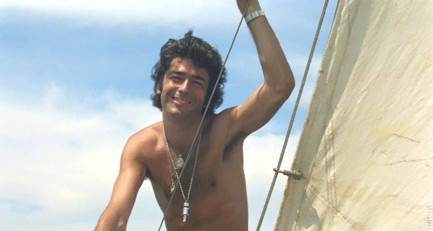 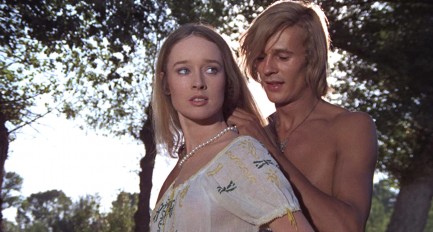 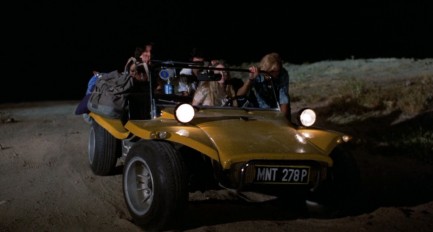 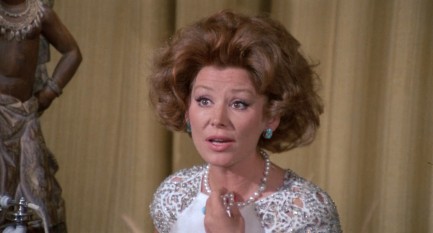 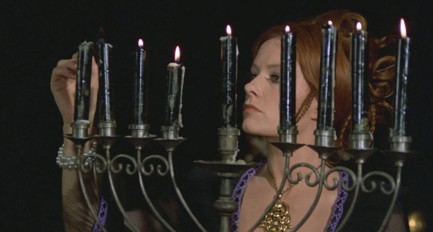 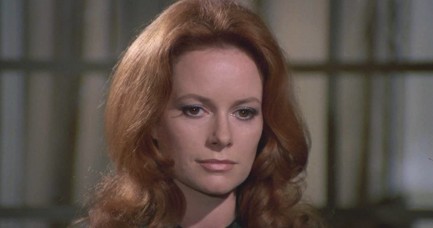 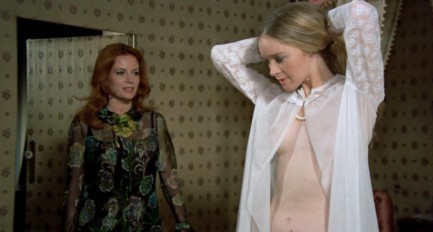 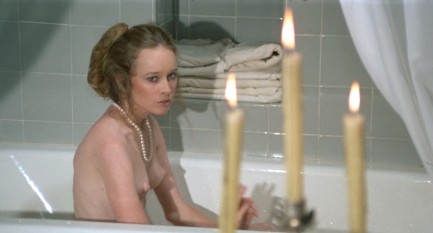 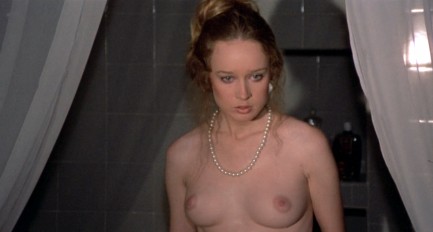 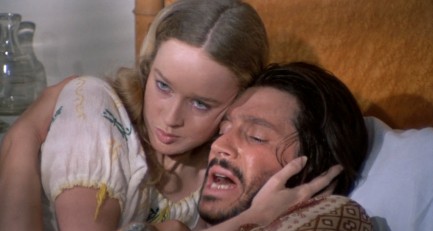 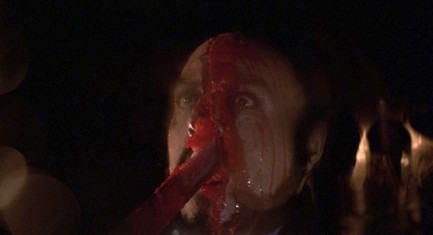 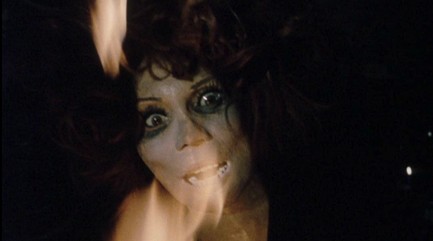 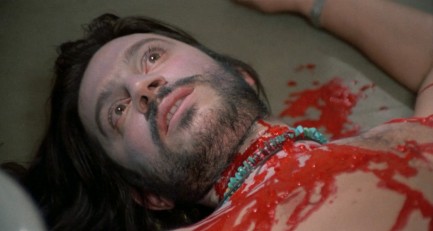 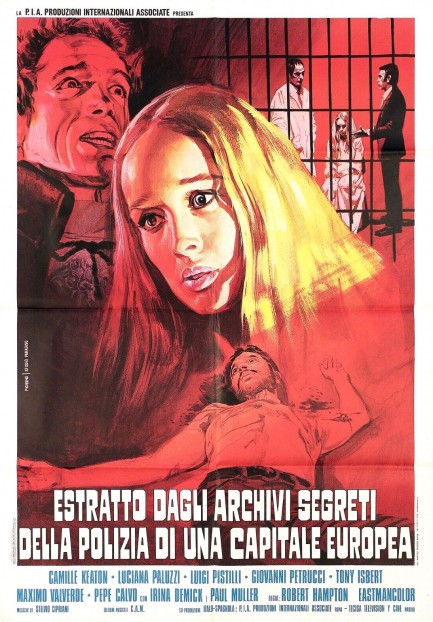
 Everybody wants a piece. 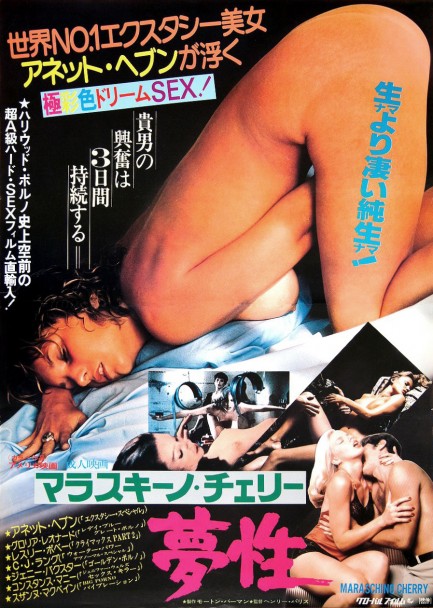
Radley Metzger was the director of perhaps the most stylish films from the golden era of porn, so it's no surprise his output reached Japan. This poster was made for his 1978 film Maraschino Cherry, which in Japan was known as Marasukîno cherî: Musei. Annette Haven, Gloria Leonard, Leslie Bovee, the lovely Constance Money, and Eric Edwards star, and there's an actual plot, as Manhattan brothel madame Maraschino Cherry, played by Leonard, indoctrinates her hick sister Jenny Baxter into the business. Little sis takes to it like a fish to water, so much so that at the end she's left in charge while Leonard heads off to open another cathouse.
Metzer directed this under the pseudonym Henry Paris, which he used because he directed non-xxx features under his own name. So once again we see the blurry line between adult and non-adult entertainment back in the day. Among Metzger's mainstream movies were Camille 2000, Little Mother, aka Woman of the Year, and The Lickerish Quartet, which we talked about several years ago. His most famous xxx effort is probably The Opening of Misty Beethoven, but Maraschino Cherry, with its goofy comedy (“Would you like to be eaten while you wait?” “Oh, no thanks. I'm not hungry.”) also seems well remembered.
Below we have images of the film's female cast, excepting Jenny Baxter, who we couldn't find. Top to bottom you see Leonard, Haven, Money, and Bovee. We've uploaded these for a couple of reasons. First, they're beautiful shots. Second, the Pulp Intl. girlfriends are Stateside and when they're gone we tend to post more nude images, possibly because we get a bit lonely. Without their influence we also come up with ideas like “everybody wants a piece.” If they were here one of them would have said, “Really?” And we'd have rethought it. But it could have been worse. We almost went with the header “Fruit Cock Tale.” So there you are, girls. Hurry back before we bury ourselves under an avalanche of crudeness. 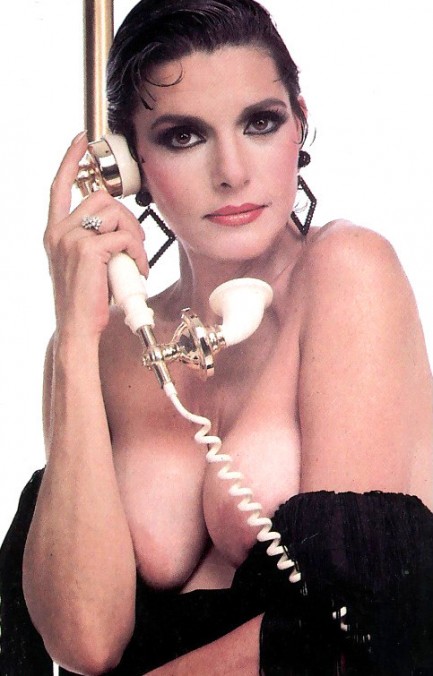 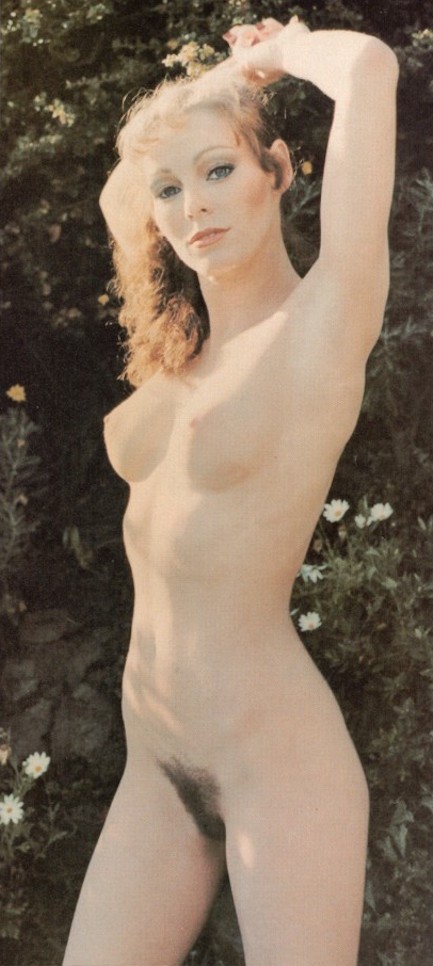  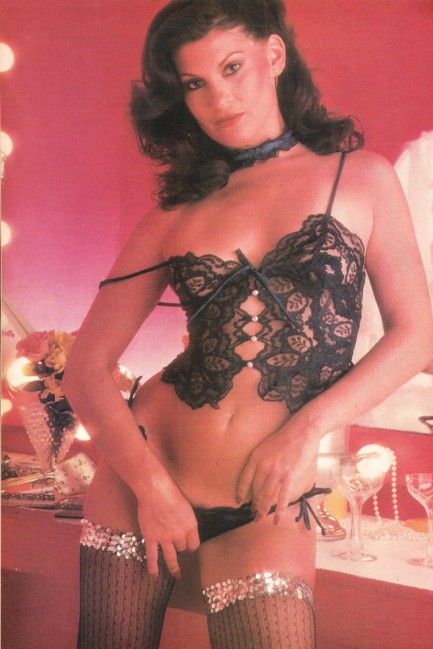
 Liberace experiences tabloid wrath at its most merciless. 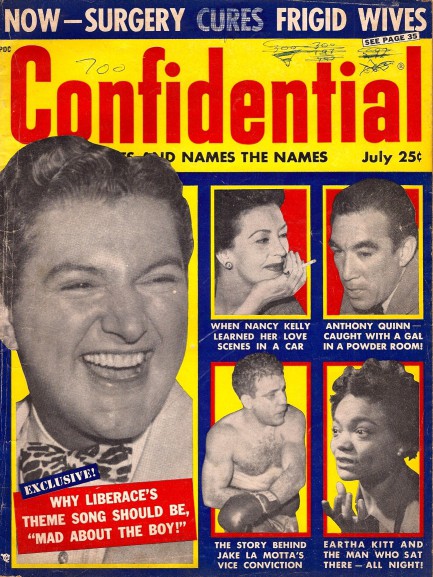
It was in this July 1957 issue of Confidential that journalist “Horton Streete’ infamously outed cover star Liberace in the most vicious and dehumanizing way with an article entitled “Why Liberace’s Theme Song Should Be ‘Mad About the Boy’.” We’ve talked about it before. Streete willfully attempted to damage the singer’s career by spinning a shocking tale of how he attacked a young, male press agent. The article refers to Liberace as Fatso, Pudgy, Dimples, and other, less flattering monikers. Here’s a rule you can count on—when a journalist or on-air personality constantly refers to someone by other than his or her name or title, it’s a hit piece. Liberace was horrified and sued Confidential. California Attorney General Pat Brown had already managed to win an indictment of the magazine two months earlier. Owner Robert Harrison was about to spend his entire summer in court. He took these legal threats to heart and publicly promised to stop publishing stories about the private lives of Hollywood stars. Up until then Confidential had been as reckless as a magazine could be. This issue accuses Gary Crosby of punching a woman in the face, and Eartha Kitt of trapping her friend’s boyfriend in her penthouse. An extraordinary story about boxer Jake LaMotta suggests the he got a bum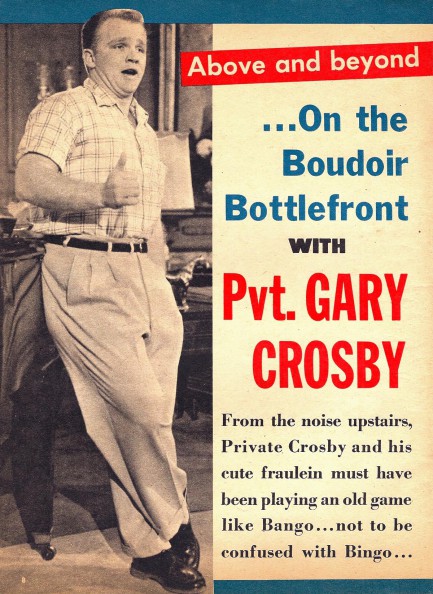 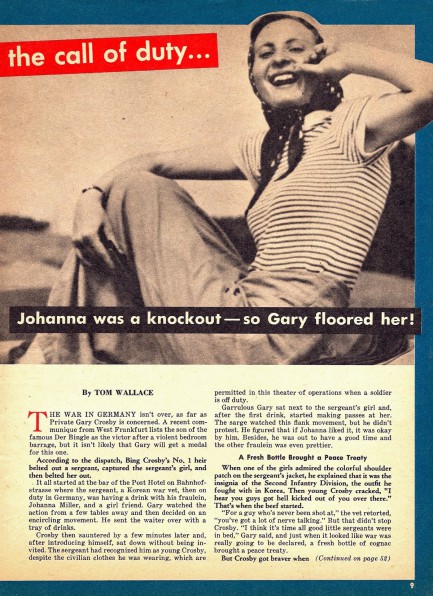 rap in his morals trial. LaMotta was serving time for bedding a 14-year-old. Prosecutors had convinced a jury that the incident with LaMotta was a primary cause of the girl later becoming a prostitute. Confidential rides to the rescue, claiming that the girl’s father had already deflowered her, therefore LaMotta could not have had any influence on the girl’s fate. How’s that for a principled stand? rap in his morals trial. LaMotta was serving time for bedding a 14-year-old. Prosecutors had convinced a jury that the incident with LaMotta was a primary cause of the girl later becoming a prostitute. Confidential rides to the rescue, claiming that the girl’s father had already deflowered her, therefore LaMotta could not have had any influence on the girl’s fate. How’s that for a principled stand? These early issues of Confidential are a cesspool of journalistic ethics, no doubt, but they’re also a visual treat. Using black, red, blue, and yellow, plus the white of the pages themselves, the designers put together a bold and gaudy package that would influence every other tabloid on the market. The layouts on Kitt, Liberace, Alan Dale, and Lex Barker are among the most eye-catching we’ve seen from the period. Elsewhere you get Anthony Quinn, and a host of other stars. We have a bunch of scans below. Remember, you can always see more from Confidential and other tabs by visiting our tabloid index at this link.
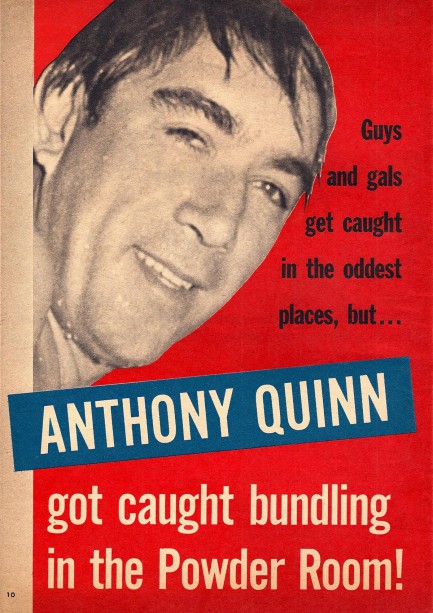 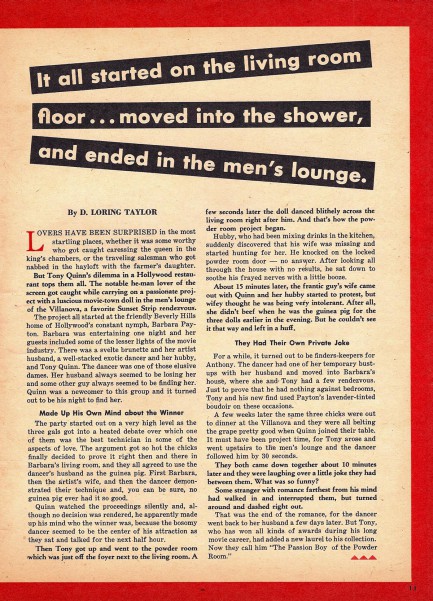 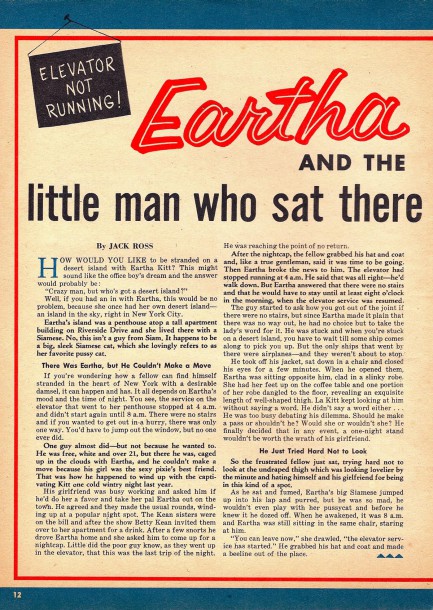 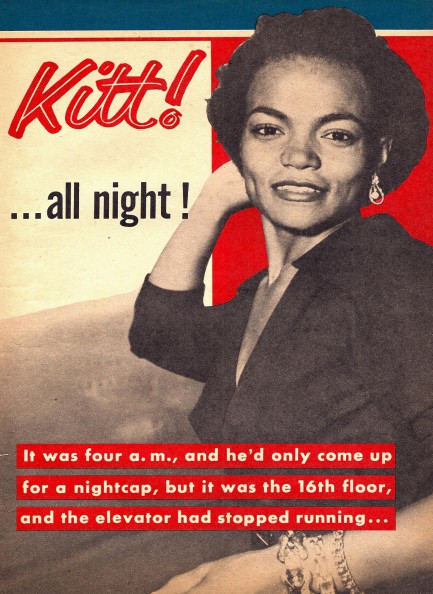 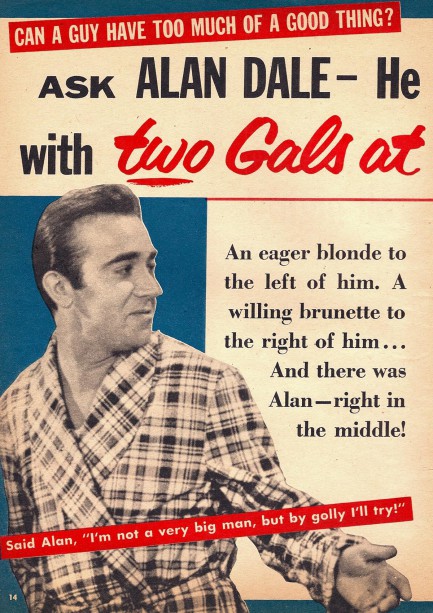 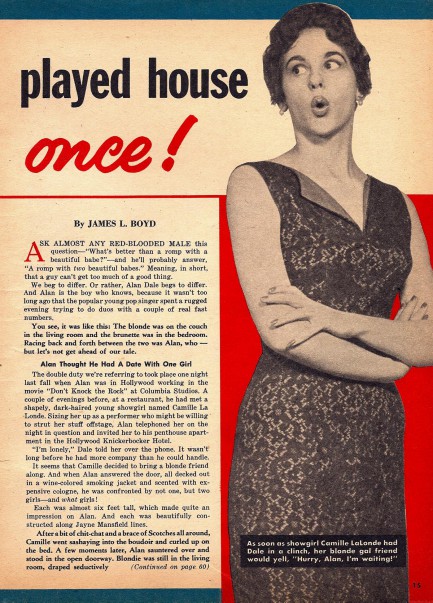  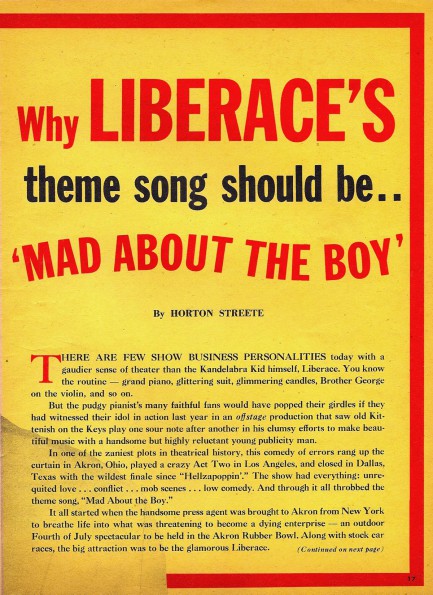 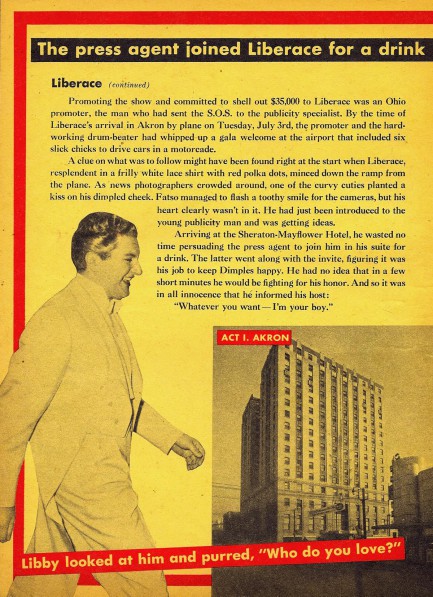 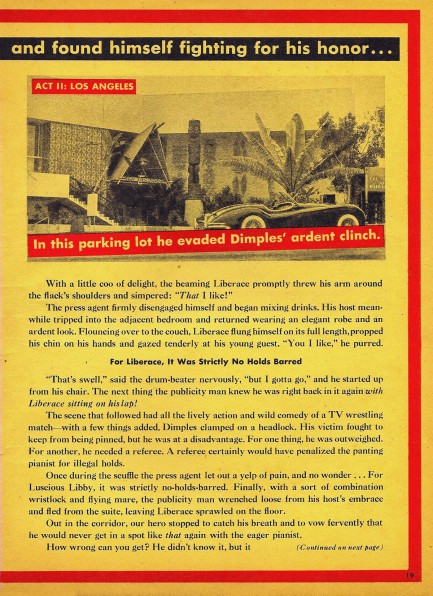 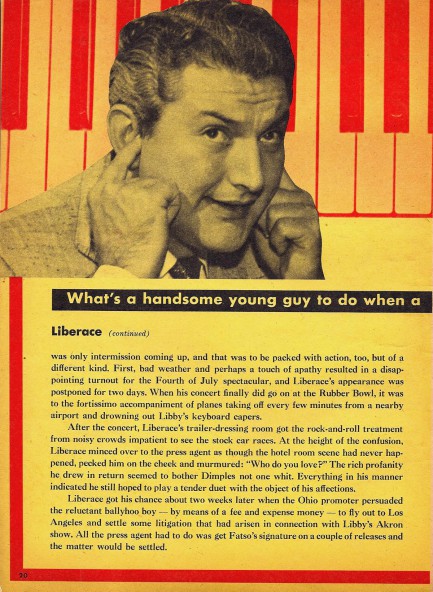 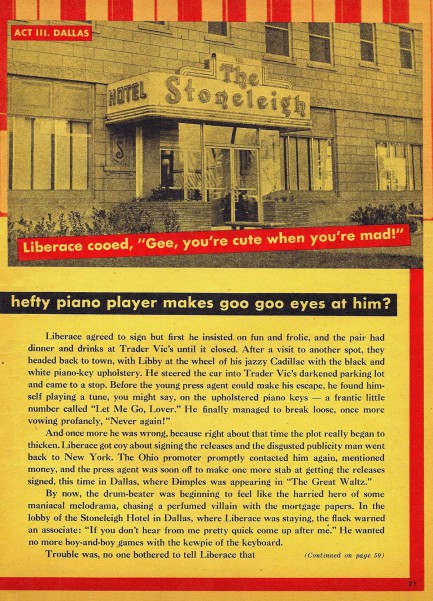 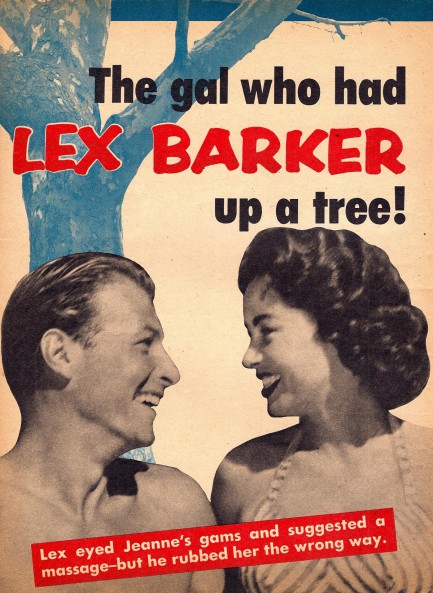 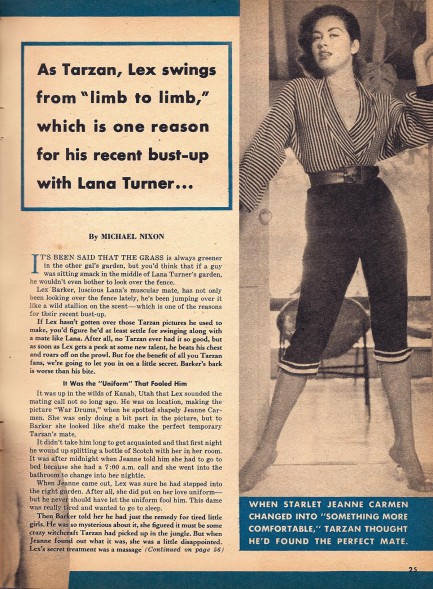 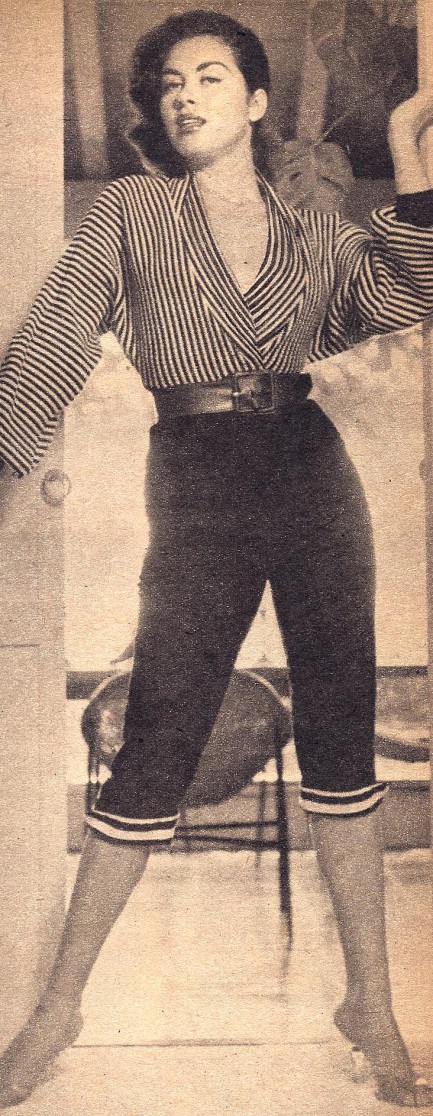 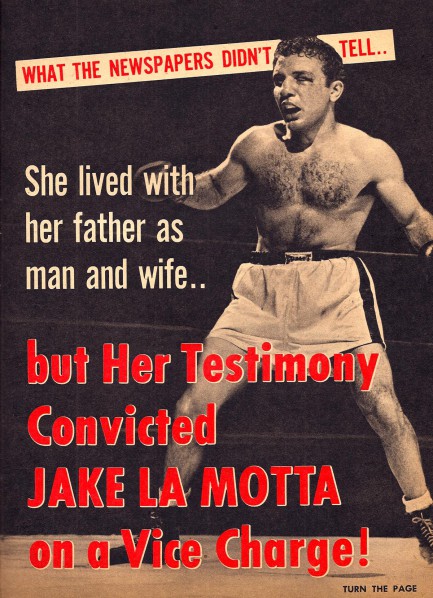 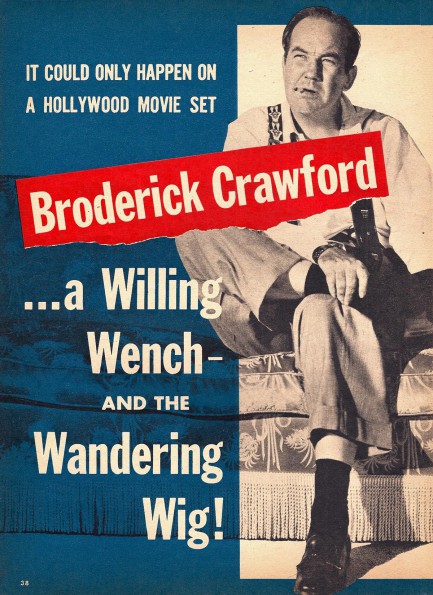 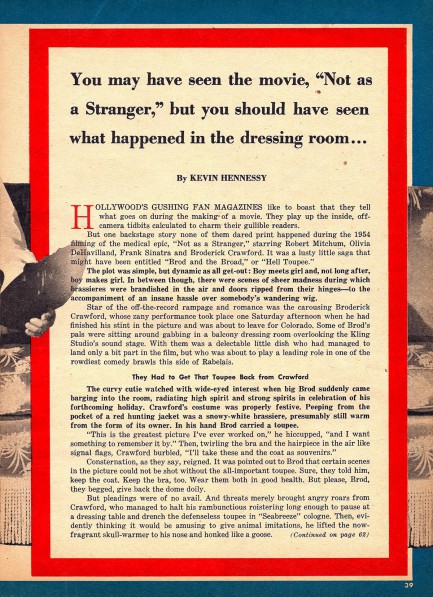 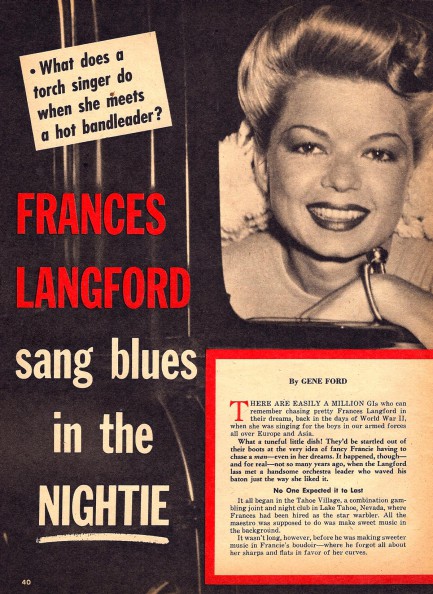 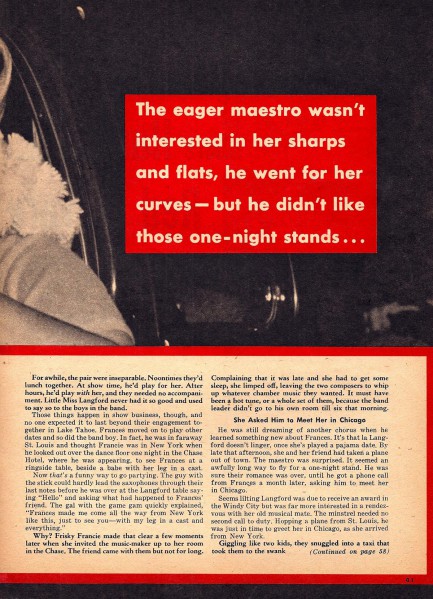
 It’s exotic, erotic, and psychotic—but is it good? 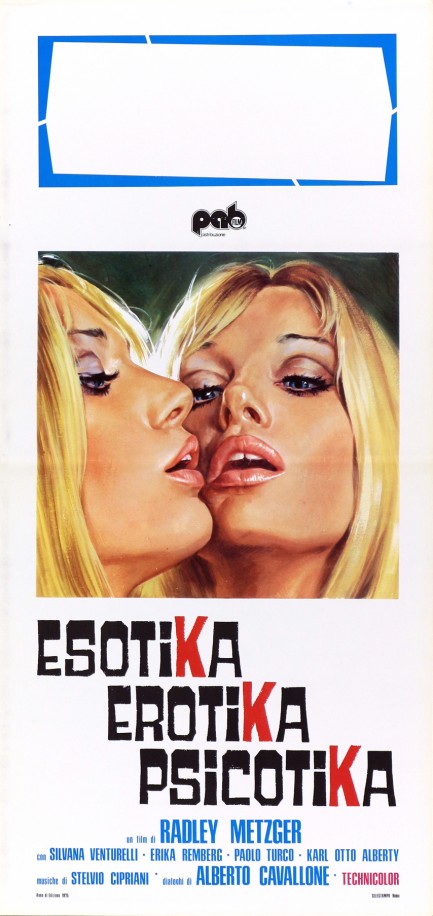
When Radley Metzger’s softcore movie The Lickerish Quartet was released overseas, its Italian distributors rightly decided that was a stupidish title for a movie and changed it to Esotika Erotika Psicotika. Unfortunately, Esotika Erotika Psicotika sounds glossier and more sophisticated than what you ultimately receive here. What you get is a rich, jaded couple and their surly son who watch 16-millimeter porno loops in their castle for thrills. One night they go out and encounter a motorcycle stunt rider who resembles a woman in one of the loops. They invite her back for what they hope will be a night of debauchery, but which turns out to be less conventional fuck than extended mindfuck. It quickly becomes apparent why the movie opened with a Luigi Pirandello quote pondering the nature of reality, as time and space soon become malleable, leading toward an ending that questions the truth of everything that came before. The movie received good reviews when released, but we suspect much of that owes to its novelty and Metzger’s previous successes with Camille 2000 and The Dirty Girls. In other words, it hasn’t aged well. It’s like that summer you wore an orange shirt and your friends lauded you for experimenting with your wardrobe, but later you saw a photo of that night and realized you looked like a traffic cone with shoes. Like that shirt, this movie was a bold experiment that made sense at the time but seems a bit silly now. On the plus side, it’s shot on location at Balsorano Castle in L’Aquila, Italy, so at least the audience was able to indulge its fantasies of running away to Abruzzo. Esotika Erotika Psicotika, with Silvana Venturelli, Erika Remberg, and others, premiered in Italy today in 1972. 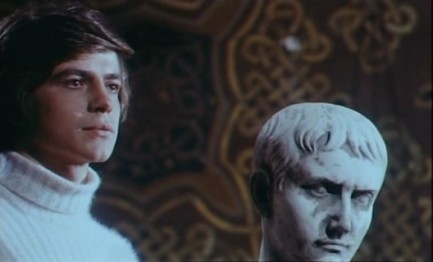 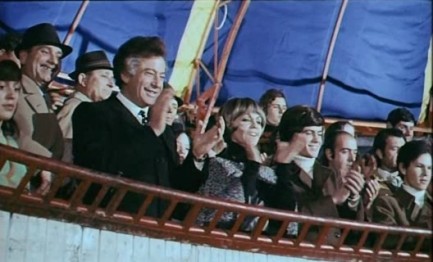 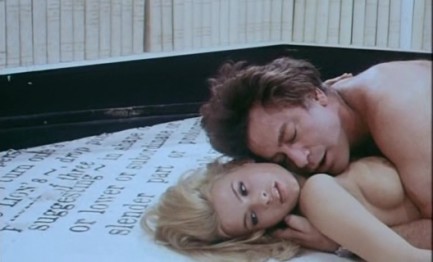 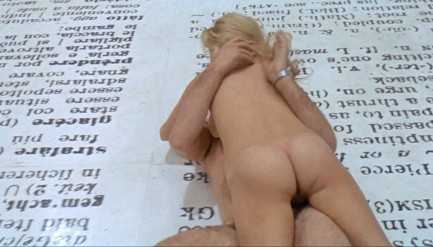  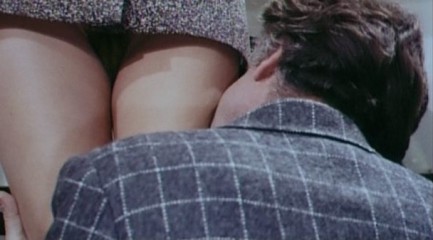 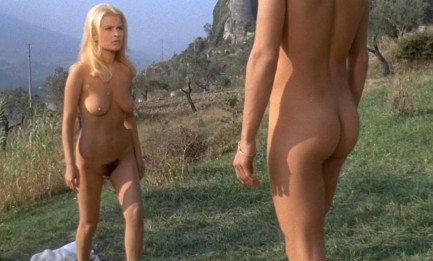 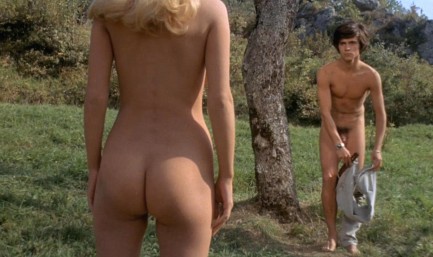 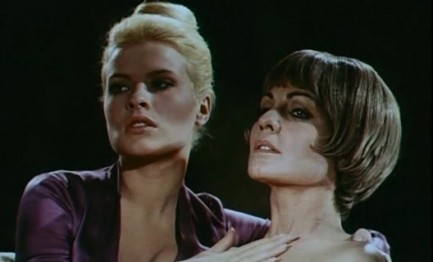 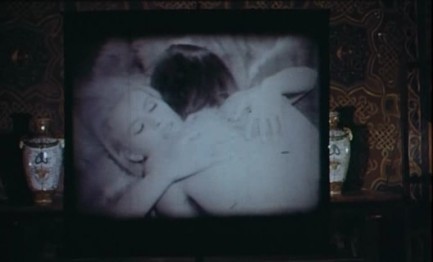
 Good day sunshine. 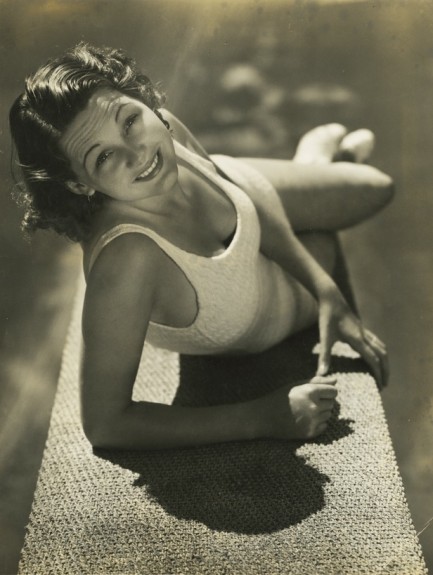
Above, a promo photo of British actress Elizabeth Allan, who made more than fifty films, including the 1932 thriller The Lodger, Tod Browning’s Mark of the Vampire, aka Vampires of Prague, and 1936’s Camille, with Greta Garbo. This summery shot dates from 1933.
|
 |

The headlines that mattered yesteryear.
1939—Holiday Records Strange Fruit
American blues and jazz singer Billie Holiday records "Strange Fruit", which is considered to be the first civil rights song. It began as a poem written by Abel Meeropol, which he later set to music and performed live with his wife Laura Duncan. The song became a Holiday standard immediately after she recorded it, and it remains one of the most highly regarded pieces of music in American history. 1927—Mae West Sentenced to Jail
American actress and playwright Mae West is sentenced to ten days in jail for obscenity for the content of her play Sex. The trial occurred even though the play had run for a year and had been seen by 325,000 people. However West's considerable popularity, already based on her risque image, only increased due to the controversy. 1971—Manson Sentenced to Death
In the U.S, cult leader Charles Manson is sentenced to death for inciting the murders of Sharon Tate and several other people. Three accomplices, who had actually done the killing, were also sentenced to death, but the state of California abolished capital punishment in 1972 and neither they nor Manson were ever actually executed. 1923—Yankee Stadium Opens
In New York City, Yankee Stadium, home of Major League Baseball's New York Yankees, opens with the Yankees beating their eternal rivals the Boston Red Sox 4 to 1. The stadium, which is nicknamed The House that Ruth Built, sees the Yankees become the most successful franchise in baseball history. It is eventually replaced by a new Yankee Stadium and closes in September 2008.
|

|
|

It's easy. We have an uploader that makes it a snap. Use it to submit your art, text, header, and subhead. Your post can be funny, serious, or anything in between, as long as it's vintage pulp. You'll get a byline and experience the fleeting pride of free authorship. We'll edit your post for typos, but the rest is up to you. Click here to give us your best shot.

|
|














































 rap in his morals trial. LaMotta was serving time for bedding a 14-year-old. Prosecutors had convinced a jury that the incident with LaMotta was a primary cause of the girl later becoming a prostitute. Confidential rides to the rescue, claiming that the girl’s father had already deflowered her, therefore LaMotta could not have had any influence on the girl’s fate. How’s that for a principled stand?
rap in his morals trial. LaMotta was serving time for bedding a 14-year-old. Prosecutors had convinced a jury that the incident with LaMotta was a primary cause of the girl later becoming a prostitute. Confidential rides to the rescue, claiming that the girl’s father had already deflowered her, therefore LaMotta could not have had any influence on the girl’s fate. How’s that for a principled stand?





















